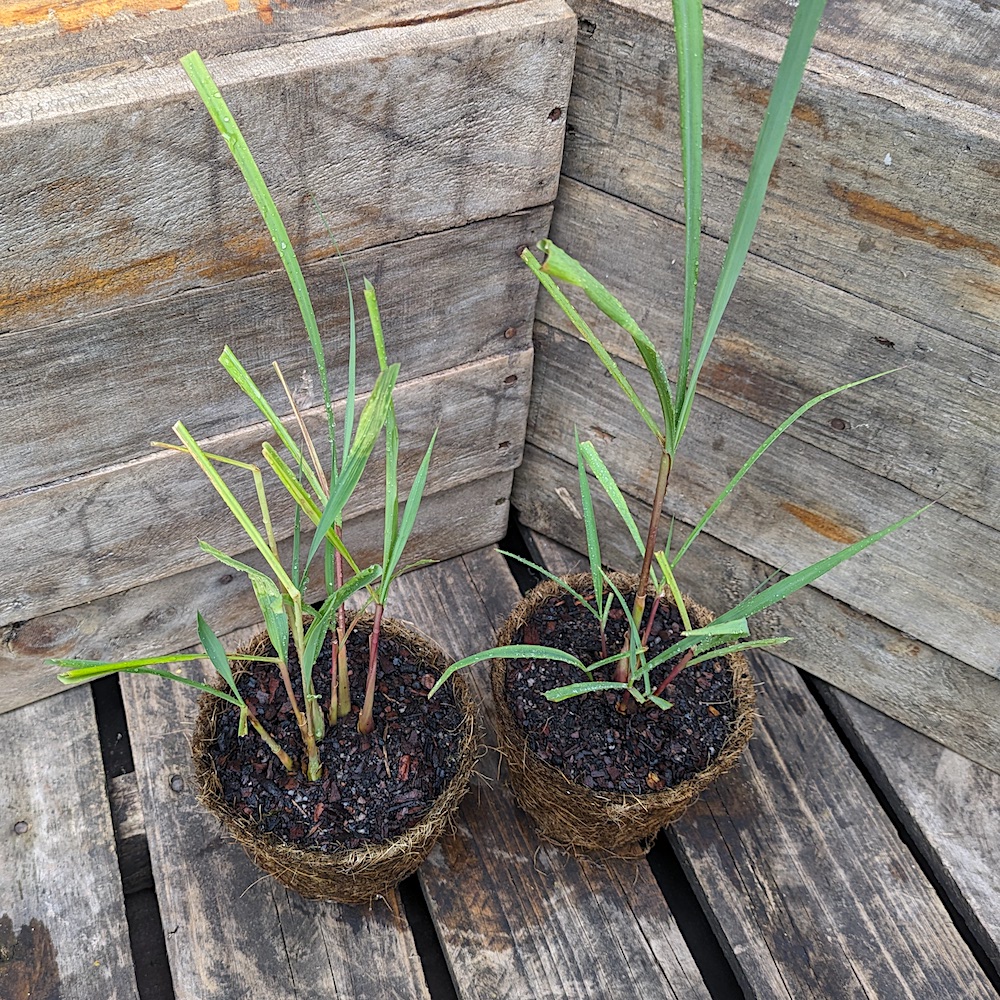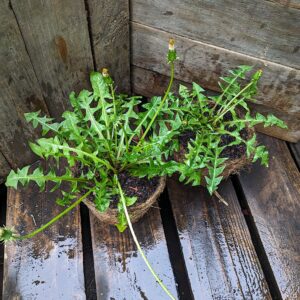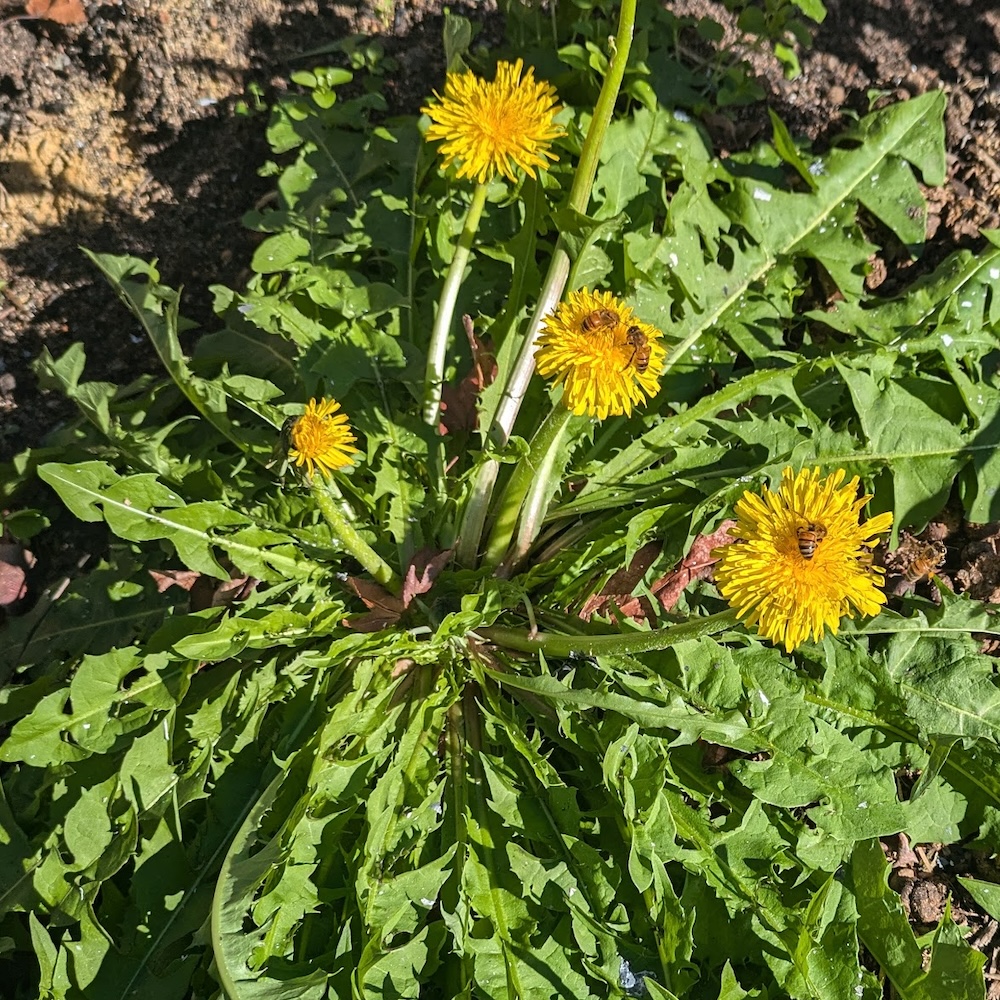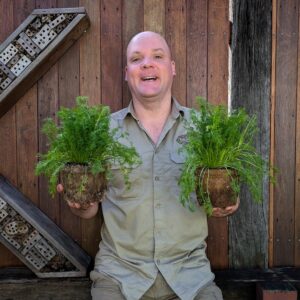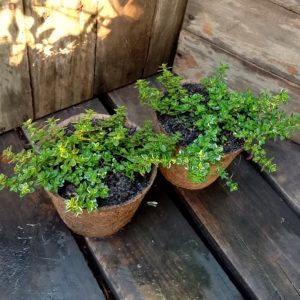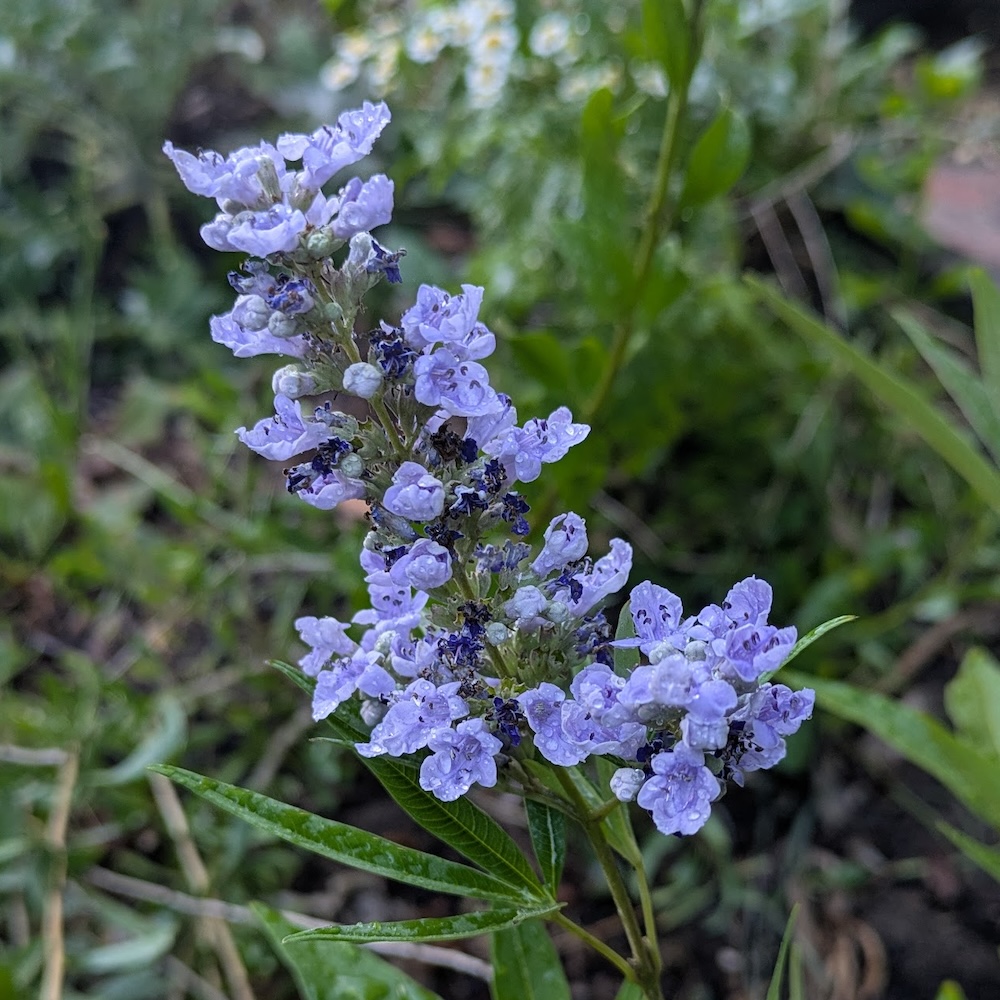Description
Cymbopogon citratus. 1.1L coir pot.
Lemongrass is a tropical perennial herb. The stems are used for teas, herbal medicines and for flavouring in foods, in particular Asian cuisine. The plant has a thick clumping habit and a sweet lemon scent. It can be used as an ornamental grass in landscaping (usually growing to around 1m) and as an insect repellant.
The stems (culms) of the lemongrass have been used for hundreds of years as a herbal medicine. They are also used in cooking and the oils are used in perfumes. When taken as a tea, lemongrass can help to relieve stomach pains, diarrhoea, vomiting, fevers and other pains. When used externally, it can help to cure fungal problems. This is all thanks to it’s anxiolytic, hypnotic, anticonvulsant, antioxidant, cyto-protective and anti-inflammatory properties.
Growing lemongrass is easy. It is hardy and generally isn’t prone to pests. It can be planted in large pots or in the ground in fertile, well draining soil (they don’t like heavy soils) in a full sun or part shade location. If planting numerous plants, space them about 40cm apart. Add lots of organic material to the soil and fertilise regularly in the warmer months. They benefit from regular watering and don’t like their roots drying out. As the plant grows, it forms a tight clump that can be difficult to dig into (try separating the outer root clumps in early spring).

